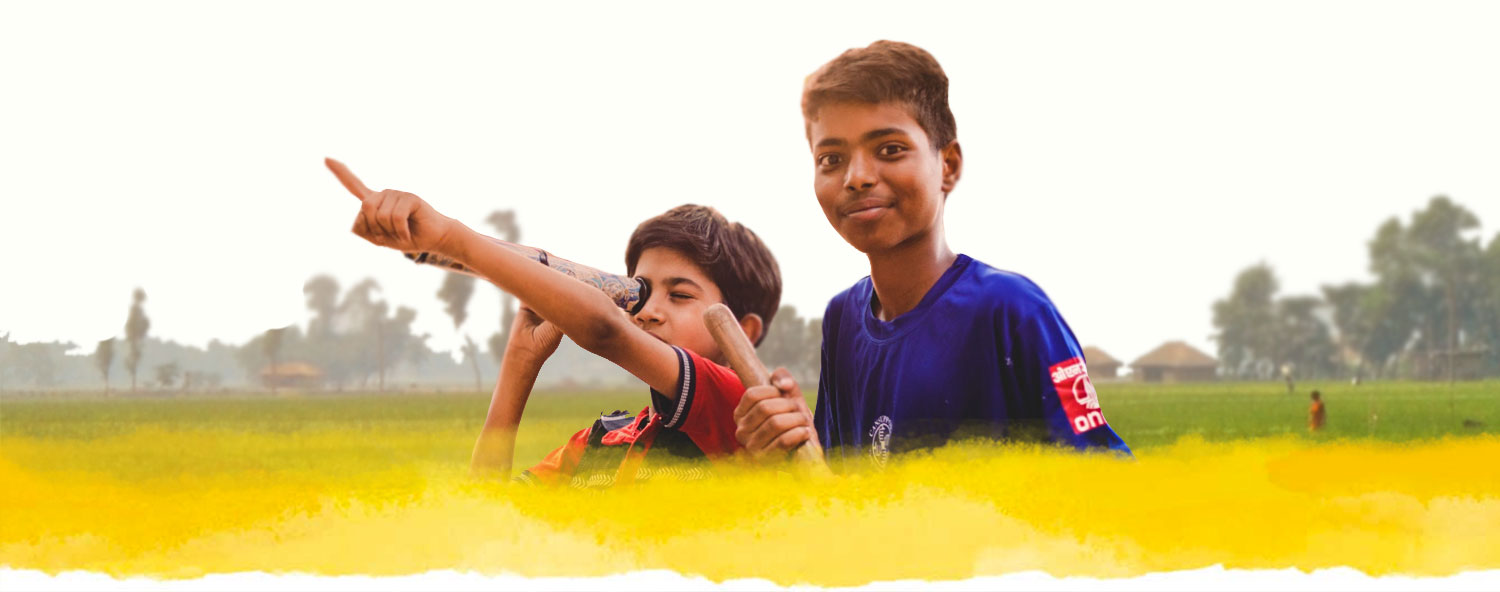Children are the building blocks of our nation’s future. Let’s invest in their potential today, so that they can become our scientists, politicians, sportspeople, journalists and teachers of tomorrow!
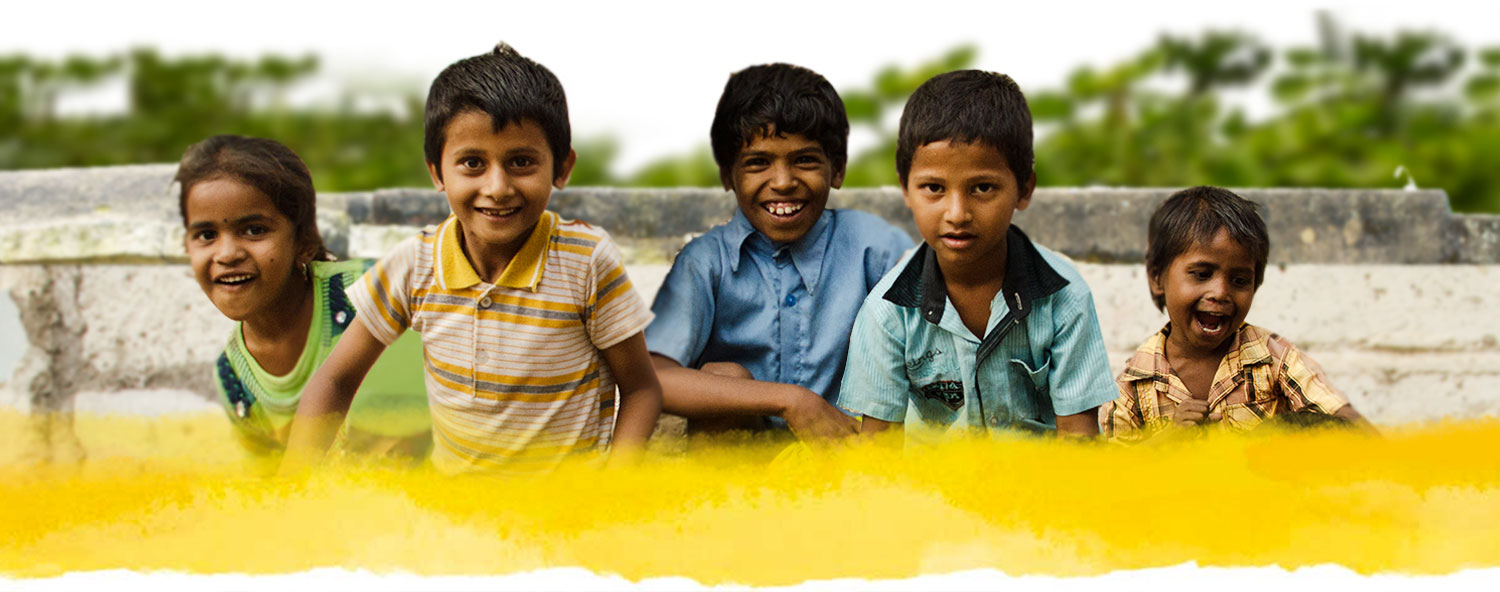

And yet, only 3.16% of the 2020 Union Budget was allocated to their development and welfare. In fact, the National Plan of Action for Children recommends that budgetary allocations for children should be 5% of the country’s GDP – ours has been stagnant at 0.43% of GDP for the last two years.
children, between 6-18 years of age, do not go to school
Estimate: RGI Census Population Projection 2016 and UDISE 2016-17
child labourers go to work instead of school
Census 2011
brides in the world is from India
Unicef 2014
deaths, below the age of 5, are caused by malnutrition
UNICEF 2019
do not receive complete immunisation
NFHS 4 2016
in crimes against children between 2008-2018
NCRB 2018
All it needs is for each one of us to come together and do everything in our power to contribute to a sustainable solution.

According to the United Nations Convention on the Rights of the Child (UNCRC), which was ratified by India in 1992, all children have fundamental rights which must be recognised by governments and citizens alike. At CRY UK, we’re committed to doing everything we can to ensure the rights of India’s children and so, work on 4 key programmatic areas.
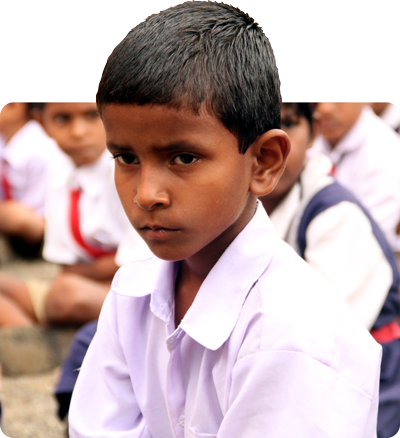

A quality education not only builds knowledge, capabilities, life skills and values amongst children but also develops their creative, social and emotional abilities. It is crucial for their cognitive and personal development, including critical thinking and problem-solving.
We believe that every child should be able to go to school and complete their education without any discrimination based on gender, caste or socio-economic status.
CRY UK’s education programs focus on:
A child’s early years are the foundation for developing their future learning abilities. Research says that 80% of a child’s brain is developed by the age of 3, which makes early childhood education an essential building block of a child’s future success.
It has been observed that Anganwadi centres play a big role in preparing children for formal primary school. They help children develop the skills, knowledge and attitudes which are critical for them to succeed in school as well as late in life. Building the capacity of Anganwadi workers thus becomes a key area of intervention.
Learning outcomes are influenced by children’s uninterrupted access to quality education. Ensuring that children are enrolled in school and don’t drop out before completing their education age appropriately is thus a critical area of intervention.
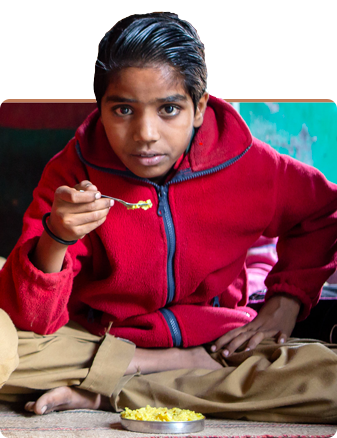






Proper nutrition and quality primary healthcare are essential for a child’s physical, mental and cognitive development. Timely, regular and adequate intake of essential nutrition is necessary from the time of conception itself to avoid long-term and in some cases, irreversible damage to the child’s health.
We believe that no child should suffer from malnutrition or poor health irrespective of their socio-economic background.
Our health and nutrition programs adopt a preventative and a responsive approach towards reducing malnourishment as well as India’s infant mortality rate (IMR), child mortality rate (CMR) and maternal mortality rate (MMR).
CRY UK does this by focusing on:
Proper and timely care for expectant as well as lactating mothers is crucial for a child’s healthy development. Quality prenatal care that reduces the risk of pregnancy complications, institutional deliveries that aid healthy live births and regular postnatal check ups that encourage breastfeeding are key areas of intervention.
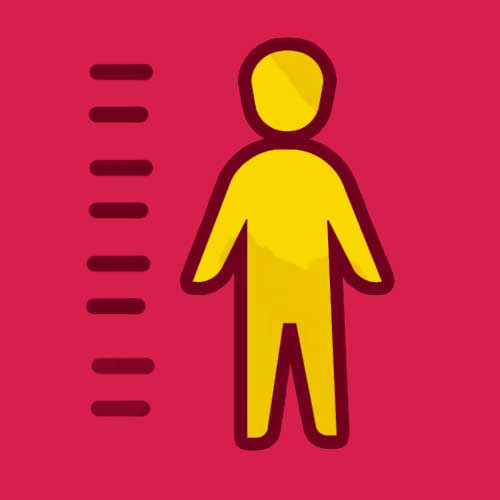

Regular growth monitoring for children till the age of 6 years is imperative to ensure healthier childhoods. Implementing infant and young child feeding (IYCF) practices, addressing gender discrimination to enable equitable access to primary healthcare and ensuring the completion of immunisation schedules to manage preventable diseases are critical areas of intervention.
The effort to change behaviours and attitudes on the issues of children’s health and nutrition is most effective when introduced early. Engaging with adolescent girls and boys on topics like reproductive child health (RCH) helps in bringing about lasting generational change.
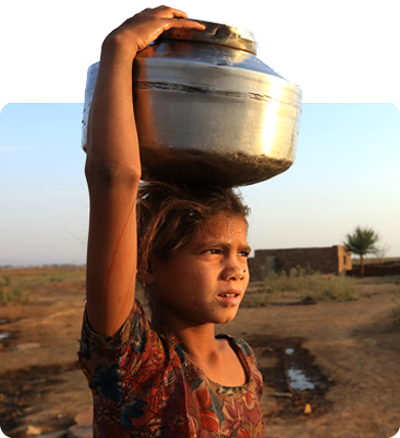






All children are vulnerable to neglect, violence and abuse but marginalisation further compounds such vulnerability. Exposure to unsafe environments can negatively impact the physical, emotional, mental and social development of the child and the damage is often permanent.
We believe that building a safe environment for all children, till the age of 18 years, is critical to protect them from abuse and exploitation.
CRY UK’s child safety & protection programs focus on:


According to the International Labour Organization (ILO), child labour is generally defined as the practice of children prematurely leading adult lives, working long hours for low wages under hazardous conditions, often separated from their families and deprived of meaningful education opportunities. It deprives children of their childhood and robs them of their dignity. The endeavour is to work with the community to eliminate the practice at the village level while simultaneously ensuring that children go to school instead of work.
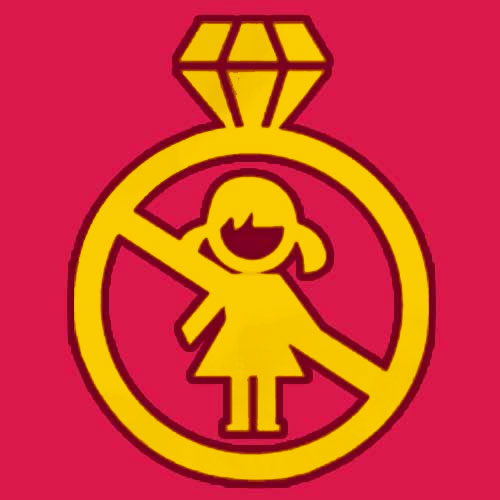

Child marriage is one of the most prevalent forms of exploitation and sexual abuse – particularly with girls under the age of 18. The practice is widespread in India across all the states in varying degrees but more acutely in Rajasthan, Madhya Pradesh, Bihar, Uttar Pradesh, Jharkhand, Haryana, Karnataka, Andhra Pradesh and Tamil Nadu. The endeavour is to work with the community to eliminate the practice at the village level while simultaneously ensuring that girls go to school instead of becoming child brides and shouldering early motherhood.
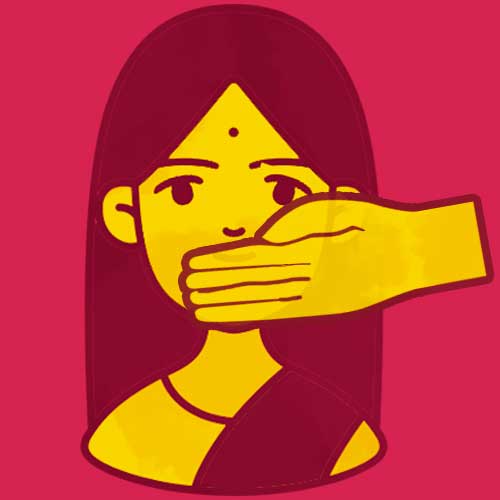

A form of human trafficking, child trafficking is understood as the kidnapping of a child for the purpose of slavery, forced labour and exploitation. In India, children are trafficked for different purposes including labour, commercial sexual exploitation, marriage, adoption and even organ trading. Setting up child protection committees at the village level for prevention is a key area of intervention.
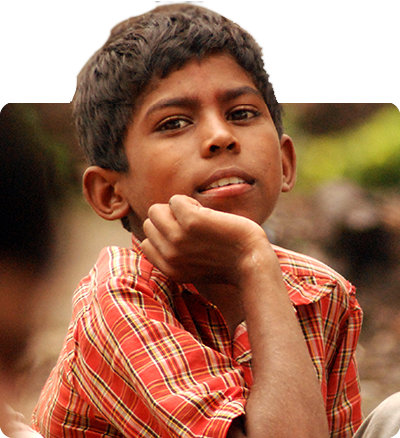






Children have a right to be heard and their opinions considered by the adults around them. Every child should have the agency to speak out and/or act on the issues that affect them. It’s not only important for their mental and emotional development but also fosters a high degree of self esteem and self belief.
We believe that all children have the potential to be agents of change and the ability to hold dialogue on the things that matter to them.
CRY UK’s child participation programs focus on building children’s collectives as peer support groups and engaging with the children to build their awareness on child rights issues.


We constantly endeavour to deepen the public’s understanding of children’s rights; hence our partner CRY in India undertakes primary as well as secondary research studies. If you’d like to learn more, download the research reports here.
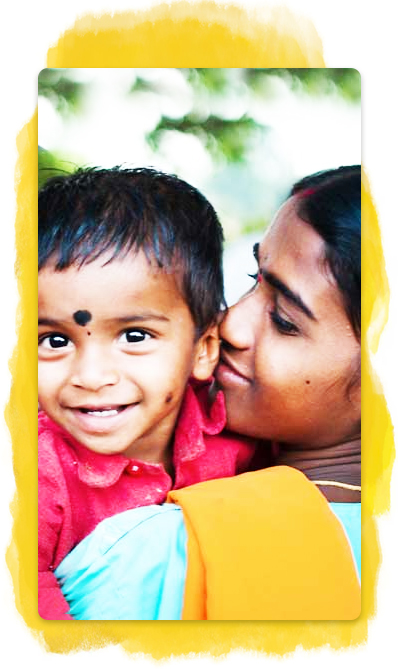

Your smallest contribution makes a big difference to children’s lives. We count on the generosity of people like you to be able to create real change for India’s children!
